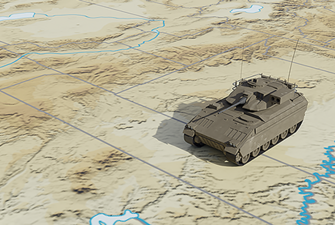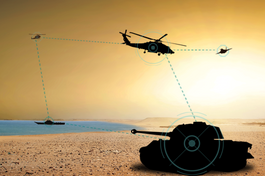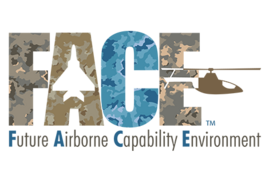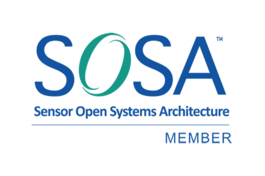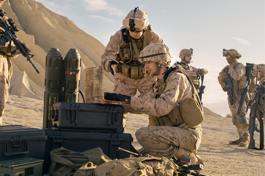
Protect Personnel & Mission Success
The potential vulnerabilities of the military’s dependence on Global Positioning System (GPS) and Global Navigation Satellite System (GNSS) data are driving demand for new deployed approaches for detecting threats. In GPS/GNSS-denied environments, ensuring accurate Positioning, Navigation and Timing (PNT) information is delivered to the warfighter is absolutely critical.
Curtiss-Wright has developed rugged subsystems and modules that deliver A-PNT services, designed to compensate for the loss of GPS/GNSS data and provide an alternative resource that enables GPS data to be trusted if an adversary attempts to deliver spoofed PNT data. With data derived from the combination of a Ground-Based GPS Receiver Application Module (GB-GRAM), Inertial Navigation System (INS), Chip Scale Atomic Clock (CSAC), and other Complementary PNT services, Curtiss-Wright A-PNT solutions enable the warfighter to establish “Assured PNT truth.”
Simplifying Integration & Ensuring User Confidence
Designing and developing an A-PNT solution that seamlessly integrates information from multiple complementary sources and provides the same level of performance as GPS is not an easy task. From a design and engineering perspective, there are – quite literally – a lot of moving parts to consider and combine to arrive at a PNT truth. This white paper explores the challenges involved in developing effective and reliable A-PNT solutions, and provides guidelines for taking a holistic approach to A-PNT for maximum effectiveness.
Proven Technology for Trusted PNT
Curtiss-Wright’s A-PNT solutions are designed to provide ground vehicles with access to trusted PNT information while operating in conditions with limited, impeded, or denied GPS/GNSS. Curtiss-Wright’s A-PNT solutions are cost effective, simple to configure, and rapidly deployable, as well as size, weight and power (SWaP)-optimized for both combat and tactical wheeled vehicle platforms to ease the integration of software and hardware elements required by the warfighter to effectively conduct operations in a GPS/GNSS-denied environment.
By distributing the best available PNT data simultaneously to multiple platform applications that require GPS/GNSS data, Curtiss-Wright A-PNT solutions eliminate the need for a ground vehicle to support multiple GPS/GNSS receivers or antennas. Curtiss-Wright’s A-PNT solutions meet legacy GPS/GNSS distribution requirements and are compatible with standard accessories, such as antennas, configuration cables, and all serial interface cables. They are designed to support both legacy and future technology, including interfacing to mission equipment, as well as Anti-Jam Antenna and tactical communications.
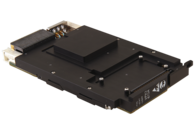 Learn More
Learn More
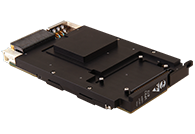 Learn More
Learn More
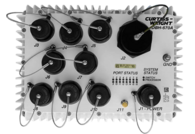 Learn More
Learn More
